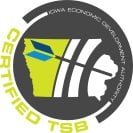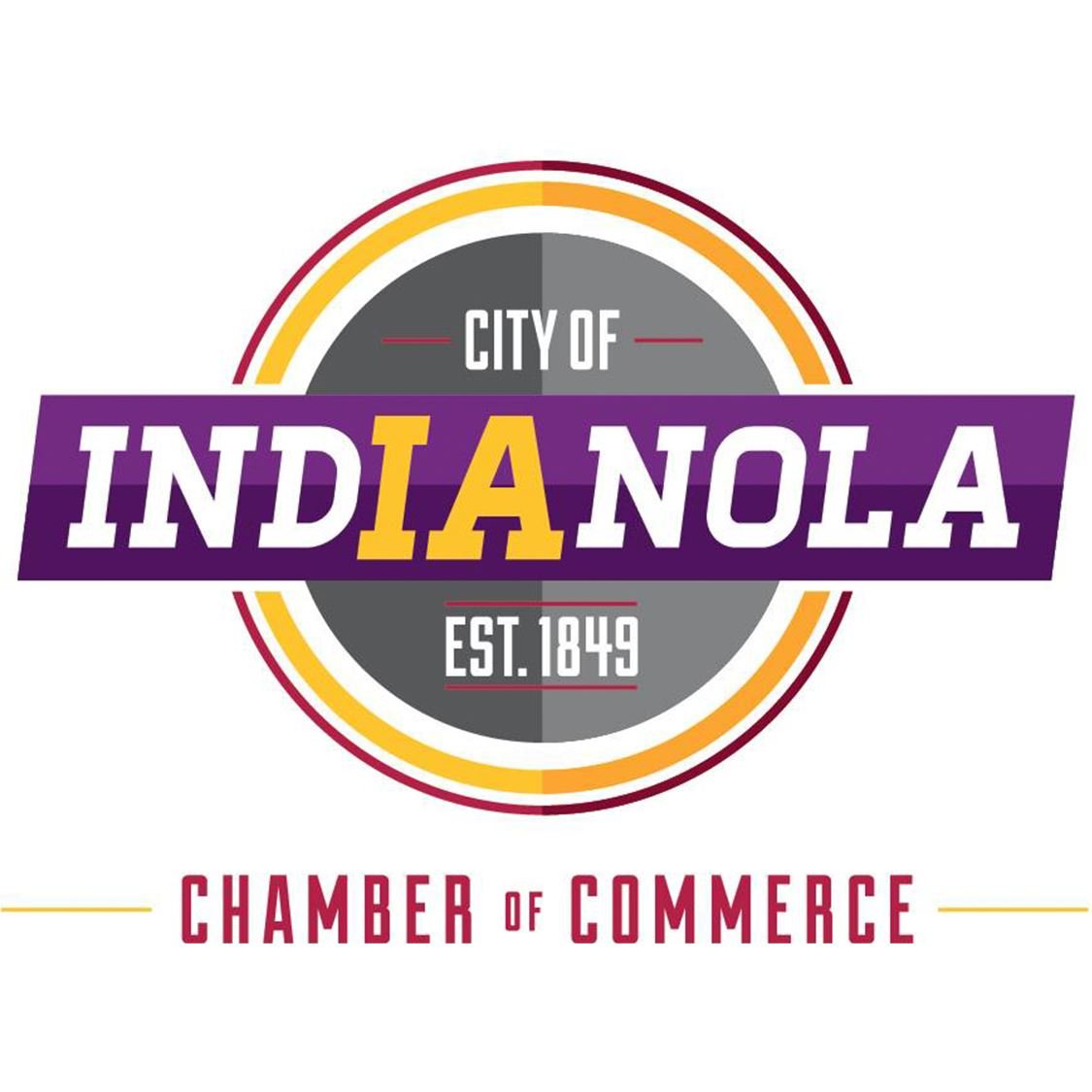Lately, Your Clear Next Step has taken a closer look at our own processes. Since its beginning, YCNS has been dedicated to helping others have better workdays, and sometimes when we’re so busy doing just that, our own workdays can take a seat on the backburner. So, we’ve shifted focus internally to improve our own systems to better the team’s workdays. Through this, we’ve developed a keen awareness of process improvement and the sorts of things it entails. One part in particular has centered around knowledge transfer.
Knowledge transfer is simply the sharing and disseminating of knowledge, and there are many reasons we do this. We’re learning all along the way how to do things and how to do them even better next time. But what happens if we keep that process all to ourselves? Or even if the original process is public knowledge, but that thing you just discovered works better - and you don’t tell anyone. Or this process is new and you’re all learning it together, but no one writes it down and it never becomes repeatable.
Let’s take a look at steps and tips for effective knowledge transfer, through the journey of Erika - an employee who will exit the company soon and has been tasked with training her replacement.
Erika has been employed with the company for 12 years and has thoroughly enjoyed her time there. Her family is planning to move to a different state next month, and so has been using her remaining time finishing up projects and onboarding Tim, who will take over her position.
1. Gather
Erika’s first step has been to compile and organize her responsibilities into buckets. Knowing all that there is to do and having that in front of her, has helped Erika keep track of what needs to be relayed to Tim.
Like with Erika, it’s useful to begin this process by accumulating all of the knowledge already there, and ensuring that it’s the most up-to-date. The process won’t be effective if it’s missing a step or information is outdated.
2. Transcribe
Now, Erika has to create repeatable directions and steps using language that is accessible. She’ll think through exactly what it is that she does to complete a process, and make sure it’s documented in a way that anyone from, “it’s my first day!” to “retirement begins tomorrow!” can follow.
This step may take a few drafts - especially if you do a great thing called asking for feedback! Try a draft out and see if you could follow it word for word, step for step, then pass it on to someone else! If anyone is stumbling over certain lingo or having trouble locating something, that’s cause for a rewrite. Bonus: pictures (such as a screenshot of exactly what it’ll look like) can be way more effective than trying to describe it.3. Template
Erika takes the time to create a 3-columned table in a Word document, and labels the columns, left to right: Step, Who, When, What. This allows her to number the steps, and specify who the task belongs to, by when this step needs to be completed or when it’s completed within the process, and what exactly the step entails (along with where information can be found or where it needs to go).
Throwing a bunch of words or pictures on a document is not going to be very easy to follow, and it could be overwhelming - especially to someone completely new. YCNS uses Procedure Docs, where we document our processes using repeatable steps. Find what works best for you and your organization. Maybe it’s a spreadsheet or some other system like a Trello Board. Create it in a way that someone could make a copy and begin documenting quickly and easily.
4. Publish
Once Erika has created her document and tested it with others for feedback, she’s ready to “publish” it in a public location. For her company, this means placing the file in a specific folder that all in her department can access. She communicates to her department that she has done this.
Any sort of knowledge transfer is ineffective if no one knows - or the right people don’t know - that there is in fact documentation of information or a process. This communication can take various forms, but it’s important to know which is going to be most effective for your team, department, or organization as a whole. You’ll have to figure out where the best place is to publish it, who needs to be aware, and how to communicate it to them - whether that’s a mass email, a poster on a wall somewhere, etc.
5. Transfer
Now that Erika has compiled her information, transcribed it in a repeatable and accessible way, created an organized document, and published it in an effective location, she’s ready to transfer this knowledge to Tim. Erika shows Tim the physical document (as well as where he could find it elsewhere), and walks him through it. She has him practice it on his own to see if he understands. Now, Tim has the information readily available and can access it anytime he needs after Erika leaves.
What would be the point of going through steps 1-4 and not taking it one step further to officially transfer the knowledge? The purpose of creating a Procedure Doc is for YCNS to have public documentation of how to complete a task with the knowledge we’ve found to be most effective. That way, if the person who usually does it is unavailable, or responsibilities are assigned elsewhere, or someone new needs to learn how to do it, we have a clear jumping off point. What system do you need to have in place, and how will you transfer that knowledge?
Knowledge transfer is most effective when it includes all the necessary and up-to-date information, it’s clear and accessible, organized comprehensibly, located in a public - or at least convenient - place, and communicated to those who need to know.
Improving the process of knowledge transfer can help make workdays better by taking what we’ve learned to establish what we do now, and showing clear direction for what we can do next.
Have you taken these steps before or helped create a knowledge transfer system? What other tips have you found useful? We’d love to hear about it in the comments!








